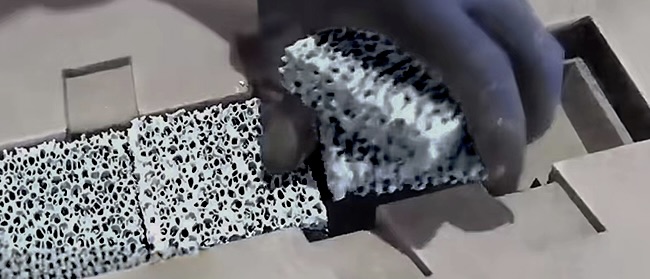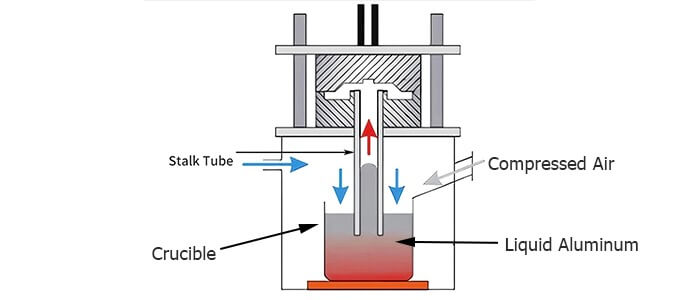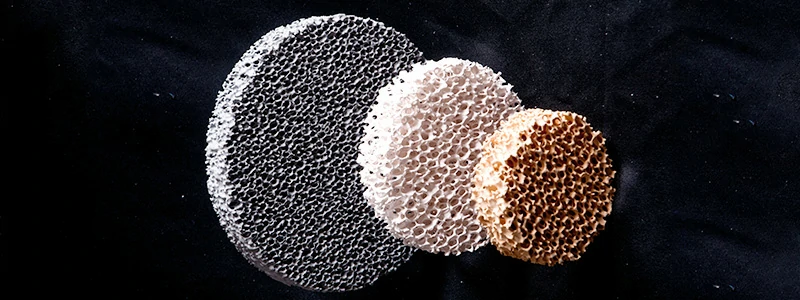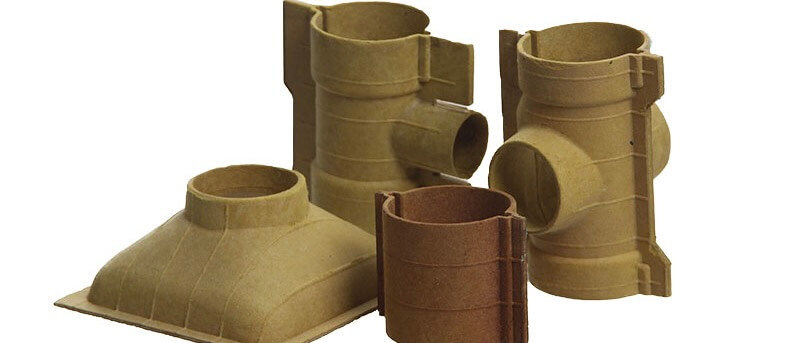Sand casting is one of the oldest and most widely used metal casting processes, known for its versatility and cost-effectiveness. It involves pouring molten metal into a sand mold, which holds the desired shape until the metal solidifies. The mold is then broken to remove the finished casting. Due to its simplicity and adaptability, sand casting is employed across various industries, including automotive, aerospace, and heavy machinery manufacturing.

Types of Sand Casting
Sand casting can be categorized into several types based on the molding method and the type of sand used. Sand casting encompasses several distinct methods, each with unique characteristics that make them suitable for different applications. The classification is primarily based on the molding process, the type of sand used, and the binder system employed.
Green Sand Casting
Green sand casting is the most common and economical form of sand casting. It typically consists of silica sand, clay (usually bentonite), and water. The clay acts as a natural binder, providing sufficient mold strength while maintaining good collapsibility after casting. This method is favored for its simplicity, low cost, and ability to produce medium-sized castings with reasonable surface finish.
Dry Sand Casting
Dry sand casting involves baking the green sand mold in an oven to remove moisture before pouring the molten metal. This process enhances the mold’s strength and thermal stability, reducing gas-related defects such as blowholes and porosity. The improved rigidity allows for better dimensional control, making it suitable for larger and more demanding castings.
Resin Sand Casting
Resin sand casting utilizes synthetic resinsas binders instead of clay. The resin-coated sand produces molds with excellent dimensional accuracy, good surface finish, and high resistance to thermal deformation. This method is particularly advantageous for producing complex, thin-walled castings that require tight tolerances.
Shell Molding
Shell molding is a refined sand casting process where a thin-walled mold is created by applying a resin-bonded sand mixture to a heated metal pattern. The result is a smooth, dimensionally stable shell that can produce castings with excellent surface finish and detail resolution. While the initial pattern costs are higher, the method offers faster production cycles and better consistency than conventional sand casting, making it ideal for medium-volume production of small to medium-sized components.
Vacuum Molding
Vacuum molding, also known as the V-process, employs a vacuum to hold dry, binder-free sand in place against a plastic film-covered pattern. This innovative approach eliminates the need for moisture or binders, resulting in exceptionally clean castings with minimal gas defects. The process is particularly effective for producing large, flat castings with smooth surfaces’
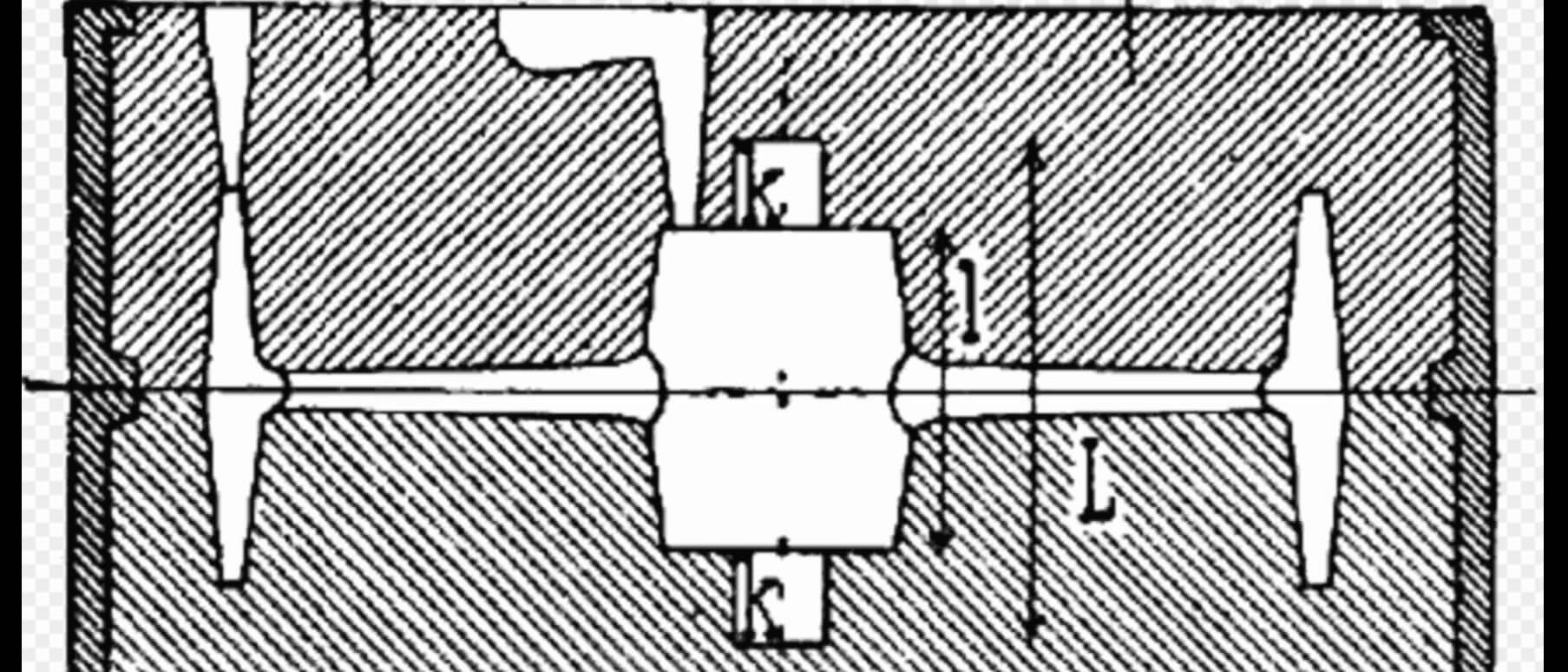
Why Do People Use Sand Casting?
Sand casting remains popular due to its numerous advantages. First, it is highly flexible, allowing the production of complex geometries and large-sized components that are difficult to achieve with other casting methods. Second, it is cost-effective, as the raw materials (sand and clay) are inexpensive, and the molds can be reused or recycled. Additionally, sand casting accommodates a wide range of metals, including iron, aluminum, bronze, and steel. Its simplicity makes it suitable for both small-scale workshops and large industrial foundries.
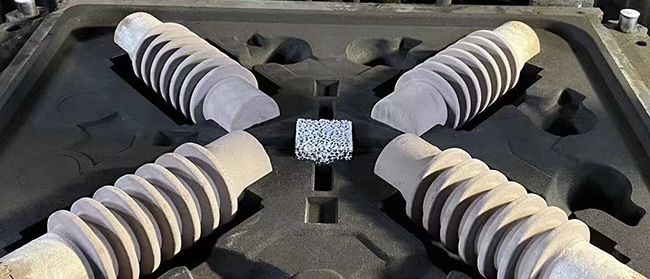
The Role of Filters in Sand Casting
Filters, particularly ceramic foam filters, play a crucial role in improving the quality of sand castings. They are placed in the gating system to trap impurities, slag, and oxides from the molten metal before it enters the mold cavity. By reducing turbulence and minimizing inclusions, filters enhance the mechanical properties and surface finish of the final casting. Their use is especially important in high-integrity applications where even minor defects can compromise performance.
Sand casting is a time-tested and adaptable manufacturing process that continues to evolve with modern technology. Its ability to produce large, complex, and cost-effective metal components makes it indispensable in many industries. While it has certain limitations, ongoing advancements in filtration, automation, and sustainable practices ensure its relevance in the future of metal casting.


